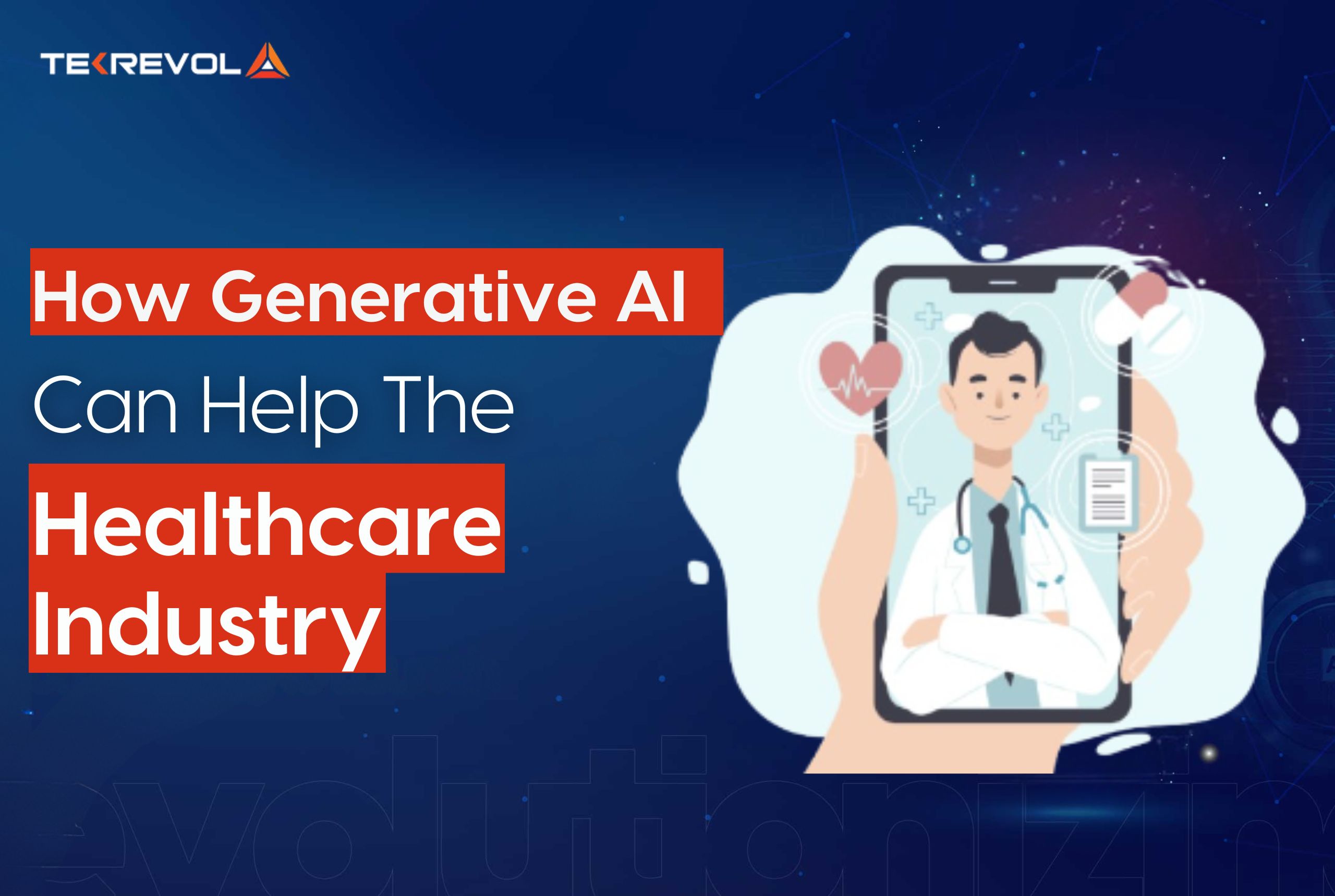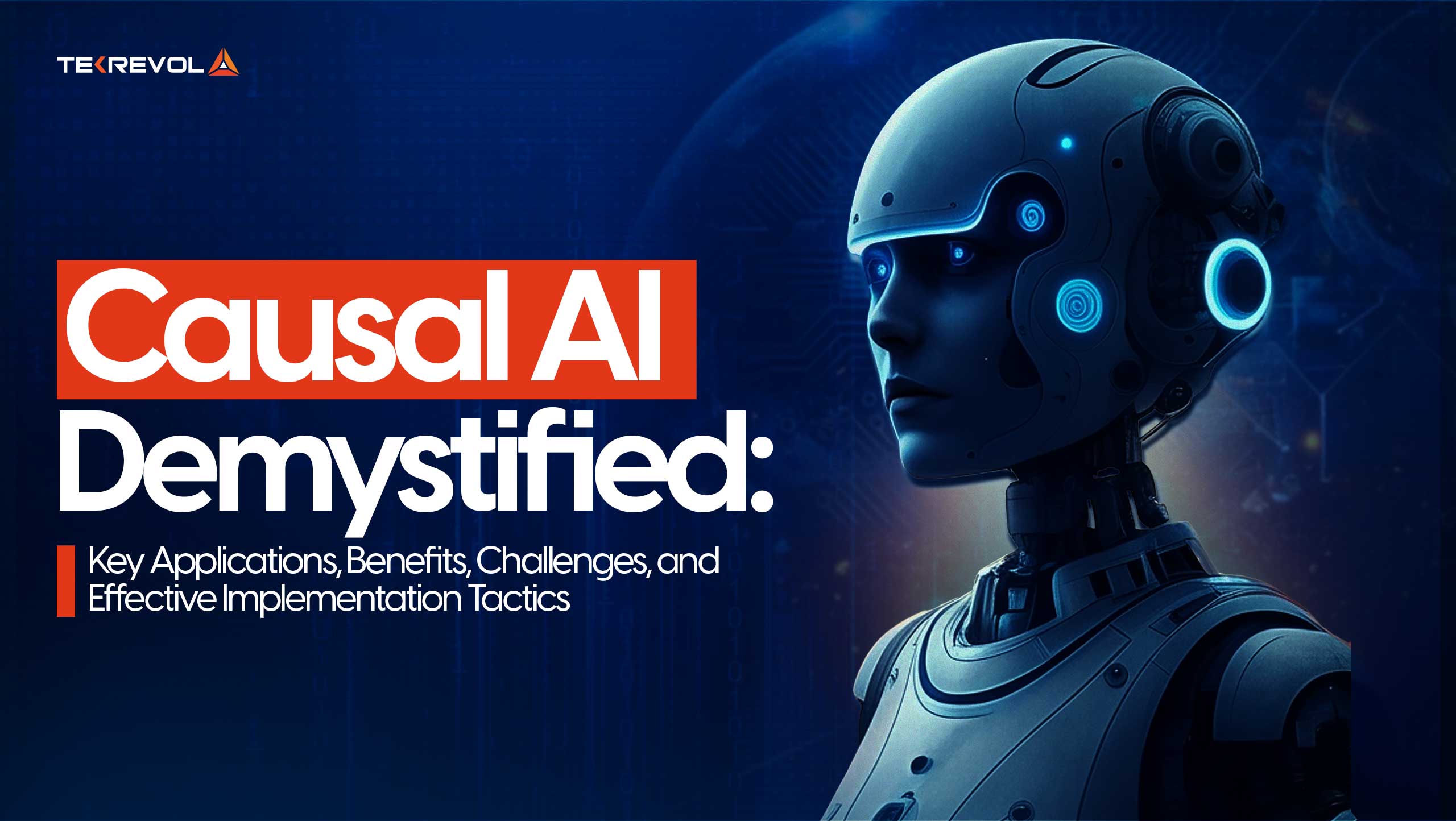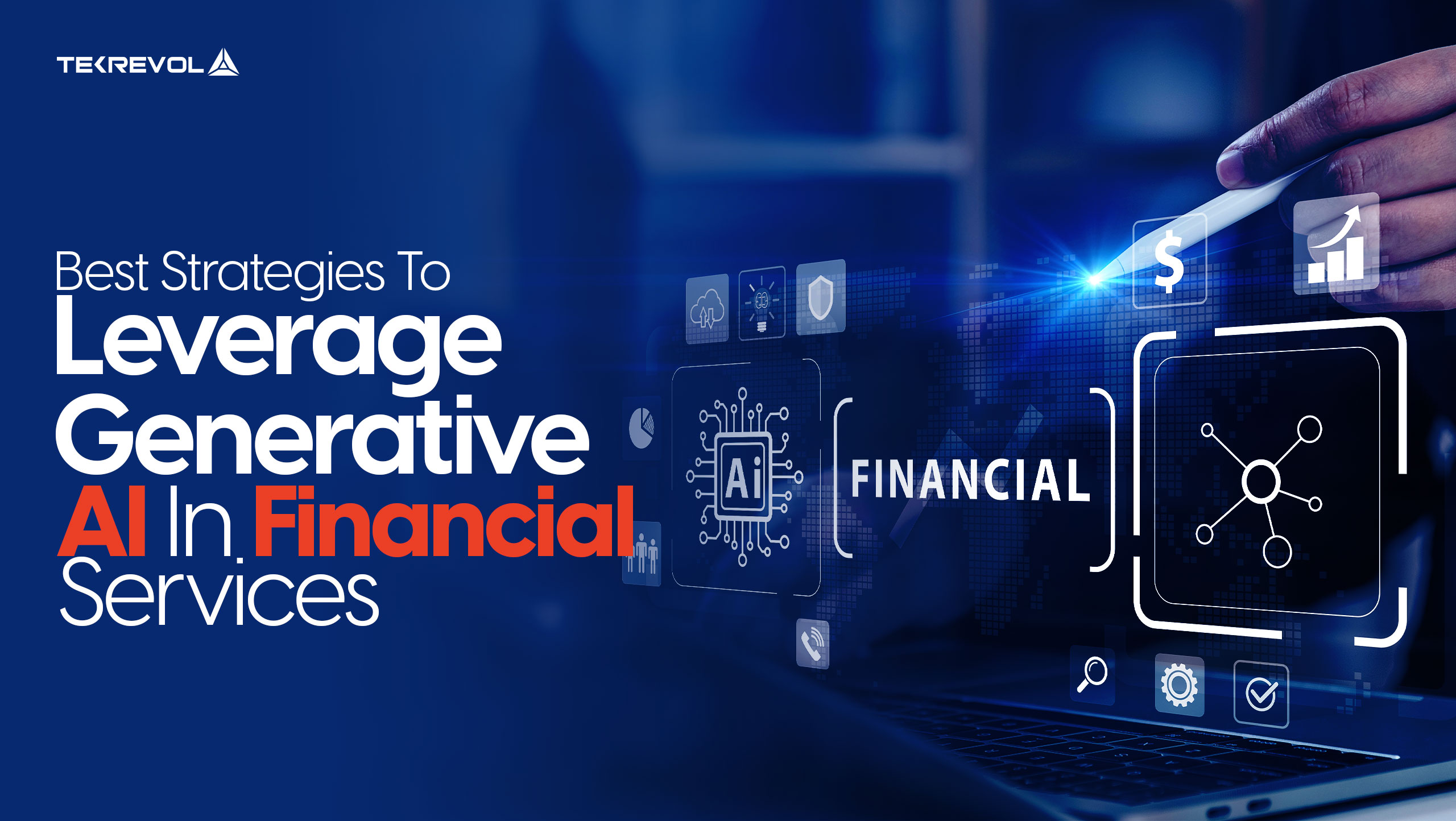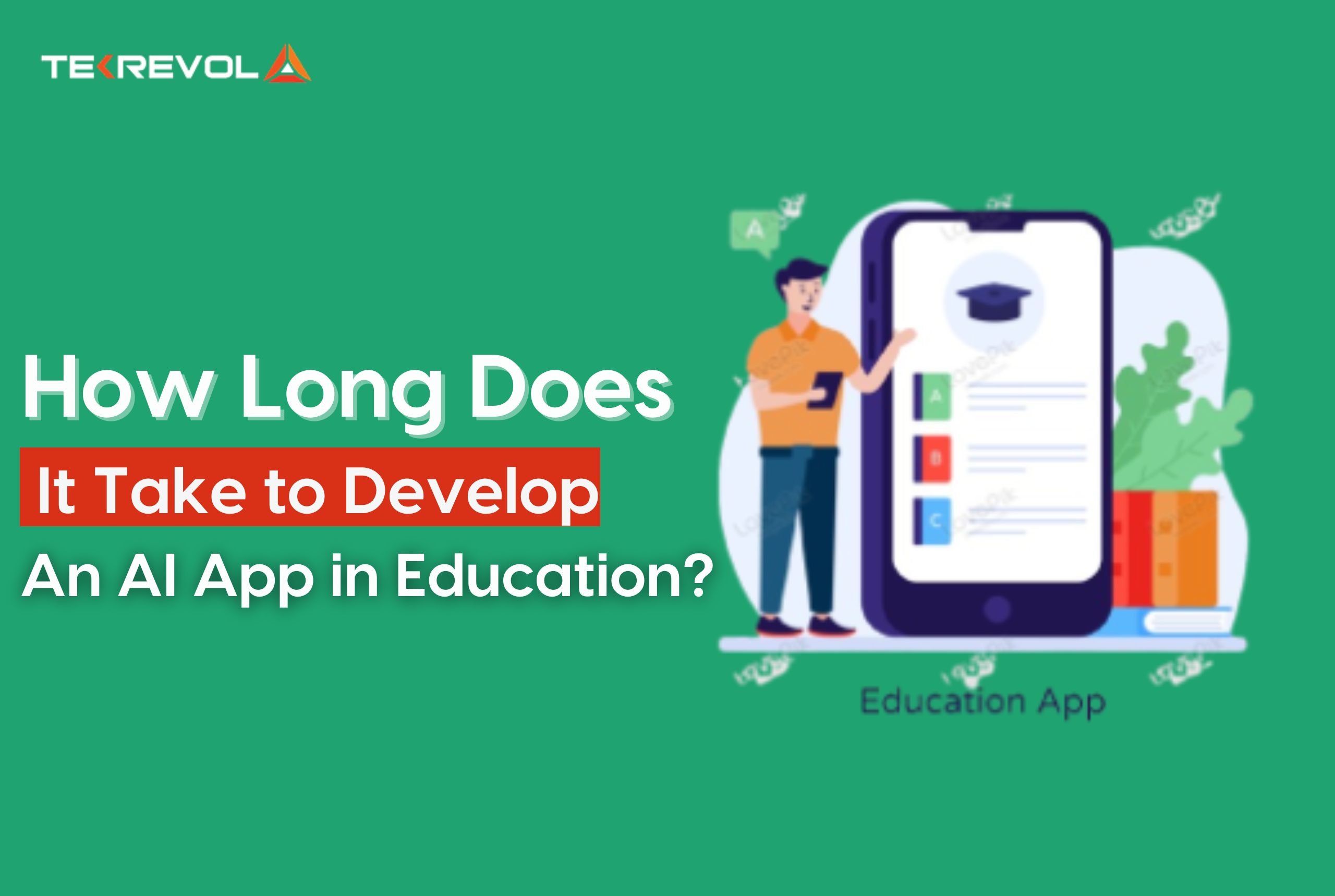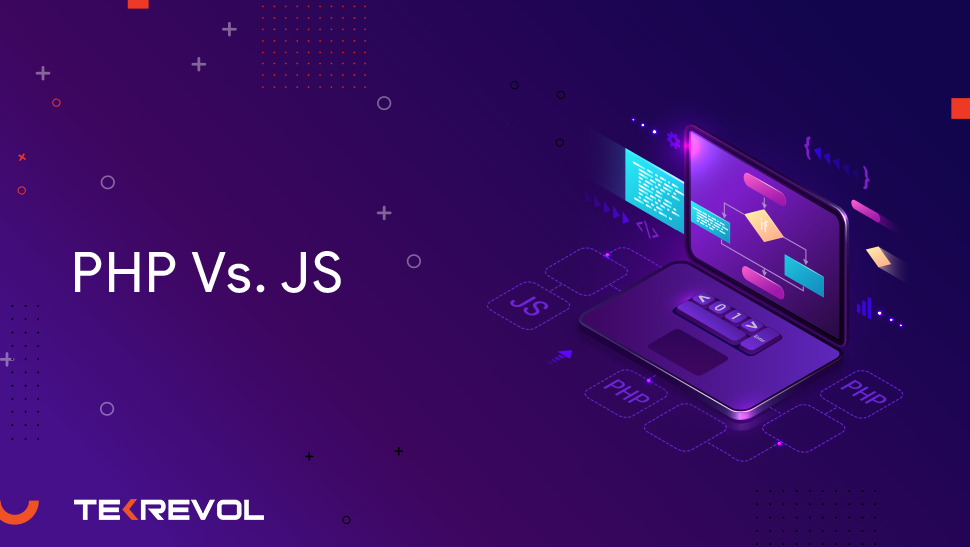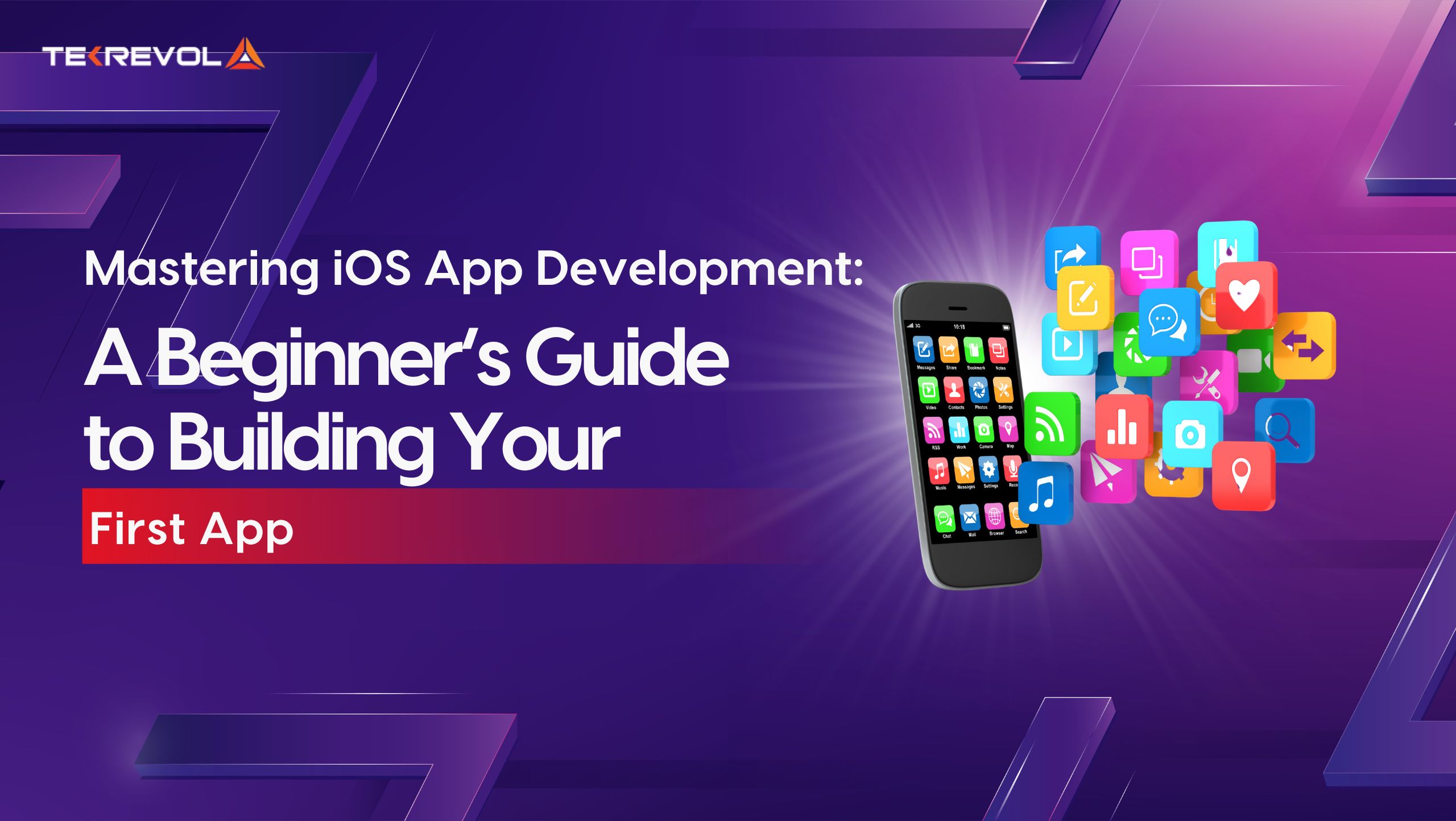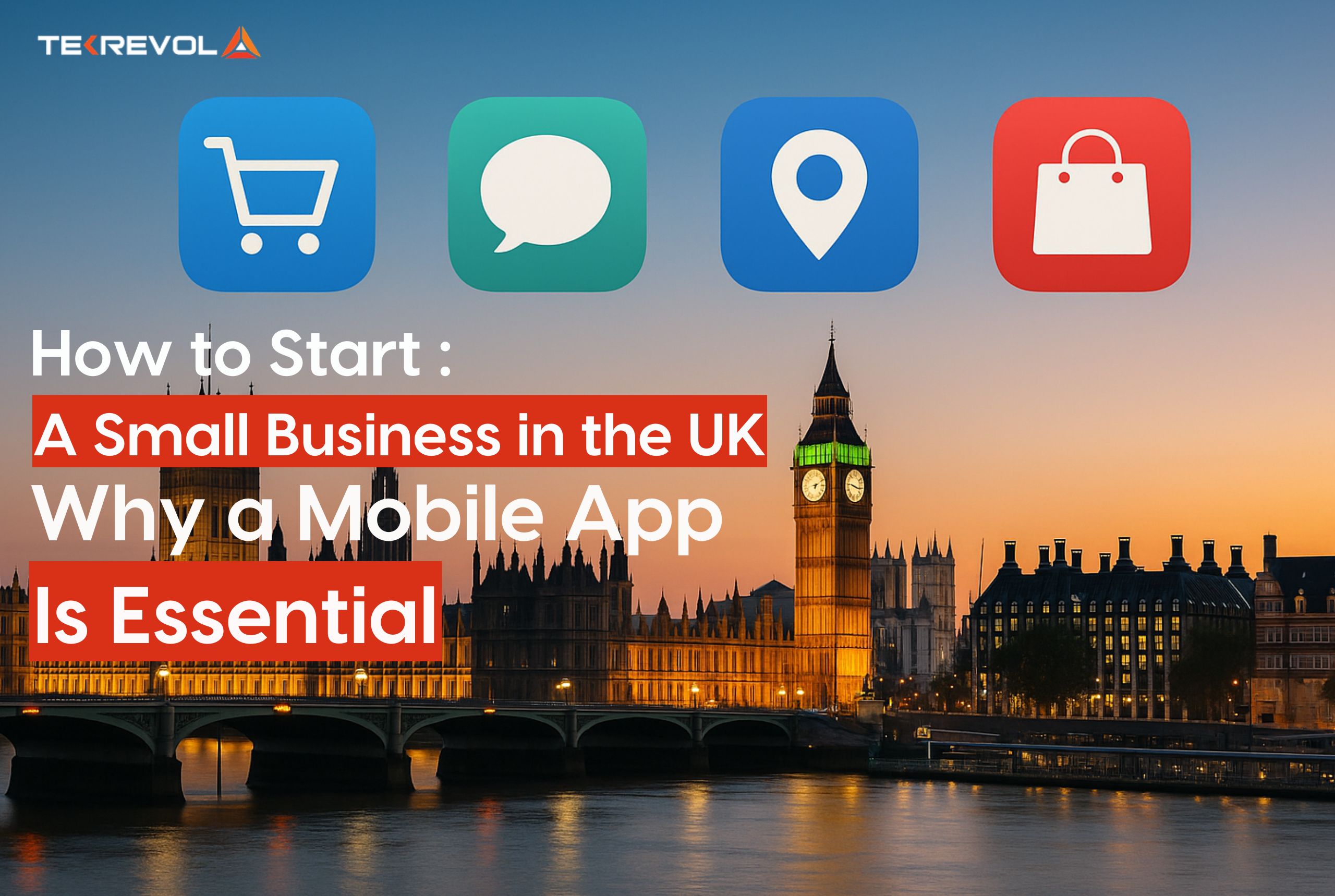Each day, healthcare professionals lose valuable time to monotonous tasks, outdated processes, and the daunting challenge of sifting through enormous datasets.
Imagine designing new medications in record time, creating a treatment plan that’s personalized to the max, and eliminating those monotonous administrative tasks. Sounds pretty futuristic, doesn’t it? Well, it’s becoming a reality with Genrative AI.
In fact, a recent report from Accenture predicts that AI technologies could save the U.S. healthcare sector as much as $150 billion annually by 2026.
In this blog, we’ll take a deep dive into how generative AI can be used in the field of healthcare
and how we can utilize its power to drive groundbreaking innovation.
What is Generative AI in Health Care?
Generative AI in healthcare is concerned with employing AI to generate new data, insights, or solutions for improving healthcare delivery, research, and clinical decision-making. Such AI models can create, predict, or simulate outcomes based on existing data and patterns in healthcare.
The central stronghold of generative AI lies in its ability to analyze large datasets, learn something from them, and generate new, meaningful findings that would ordinarily take a long time or be impossible for humans to generate manually.
Role of Generative AI in Enhancing Healthcare Functions
Generative artificial intelligence can facilitate conversion for health care services from improving efficiency to support in decision-making to personalizing patient care. Below are just some key areas where AI can make major contributions.
1. Efficient Patient Data Collection and Interactivity
Generative AI can change the way we collect data, transforming it into a more conversational, human-like experience that adapts to the patient’s situation and context.
The AI framework uses conversation to pose specific questions to patients about their history of health incidents, symptoms, or lifestyle choices. Thus, it helps physicians collect accurate information without having to input the same into a recording system.
For example: Imagine a patient who walks into a clinic. Instead of making him fill out a long paper form, he can sit where he is and pull out his smartphone or even his tablet and use an AI chatbot. The chatbot shares relevant questions about the person’s health records–like “Have you been experiencing any chest pain from the last month?” or “Do you have a history of hypertension?”
The AI then cross-references this information with existing records and presents a comprehensive medical history to the physician, who can use it to make informed decisions.
2. AI-enabled Diagnosis and Clinical Decision Support
Generative AI assists healthcare providers in the process of diagnosing diseases using records from large databases like records, lab results, and many medical images. While AI enhances the diagnosis of common diseases, it struggles with rare diseases due to the scarcity of available data.
AI algorithms trained on medical images assist radiologists; the algorithms automatically recognize and track some abnormalities in X-rays, MRIs, or CTs.
For Example, an AI system identifies signs of lung carcinoma in a chest X-ray that might otherwise not get noticed by the human eye and could then provide the radiologist with a second opinion. With rarer conditions, such as a certain sarcomatous subtype, the AI would not perform quite as well because it may not have enough data available upon which to learn.
3. Challenges in AI-Driven Treatment Plans
AI’s role in treatment planning is not simple and comes with its own set of challenges about liability, accountability, and patient trust. AI can analyze patient data and suggest possible treatments. However, it is up to healthcare providers to choose the treatments.
Under these circumstances, the AI program enablesthe analysis of medical data for patients with multiple chronic diseases to generate recommendations from statistical outcomes.
The recommendation requires physician approval because healthcare providers must evaluate both patient preferences alongside existing medical conditions together with any potential side effects. For Example, A standard blood pressure medication would be one of the AI’s suggestions but the relevant physician would decline it because the patient demonstrated negative reactions to previous medications.
4. Post-Treatment Monitoring and Adherence
Smart devices and wearable sensors can monitor post-treatment patients continuously, thereby ensuring adherence to treatment plans, as AI will assist in real-time feedback and alerts for patients and healthcare providers alike.
Exmple: Consider a patient recovering from heart surgery. The smartwatch observes the patients’ heart rate patterns and monitors their physical activities along with verifying their medicine-taking habits. When the device detects abnormal patterns, it will automatically notify both the patient and their doctor through alerts. Such early intervention allows physicians to avoid heart attacks and strokes through preventive measures.
5. Optimizing Population Health and Predictive Analytics
AI offers a remarkable ability to review massive patient data collected from electronic health records and health information exchange databases to find patients at high risk. Targeted medical interventions would become more successful, leading to fewer hospital returns and superior overall health results.
For instance, Predictive analytics operating within an AI model identifies patients who face a high risk of returning to the hospital after major surgeries. AI conducts a comprehensive examination of patient data, including demographic informatio,d medical background, and life habits to, identify individuals at risk of hospital return.
To minimize readmission risks, healthcare providers can generate individualized post-discharge care strategies that incorporate both check-up appointments and medicine adjustments.
6. Personalized Health Insights Through Data Integration
Generative AI enhances customized healthcare delivery whenever it combines Electronic Health Records (EHRs) and wearable data with social determinants of health (SDOH) factors to establish precise treatment plans tailored for individual patients.
Example: An AI interpreter connects to a wearable glucose monitor used by patients who have diabetes. The AI analyzes the patient’s medical files in combination with dietary information exercise records as well as stress levels to generate its diagnoses. The system generates individualized recommendations for patient actions after evaluation based on real-time data analysis and personal health profiles.
7. Scalability and Efficiency in Health Systems
The healthcare network benefits from generative AI by letting the technology perform repetitive activities spanning data management and patient scheduling and appointment reminder functions. The removal of administrative work creates space for healthcare professionals to dedicate more time to attend to their patients.
Example: An AI system in a hospital setting would direct appointment responsibilities by handling patient bookings alongside contact verification and appointment alert distribution. The system updates medical records with fresh information and then automatically creates specialist referrals when required.
8. Enhancing Research and Drug Development
Generative AI greatly aids in speeding up drug discovery and medical research. It can be used to predict molecular structures, simulate clinical trials, and propose new drug candidates from polymorphic data.
For instance, The discovery of cancer treatment drugs starts with analyzing vast genetic databases to find biomarkers which reveal drug-cell interactions. AI models predict drug interactions with different patient population groups which facilitates drug candidate elimination prior to expensive clinical trials.
- Want to take your healthcare app to the next level with generative AI?
- We help you create advanced, AI-driven apps that improve care delivery and operational efficiency.
How GenAI is Optimizing Healthcare Workflows and Patient Care?
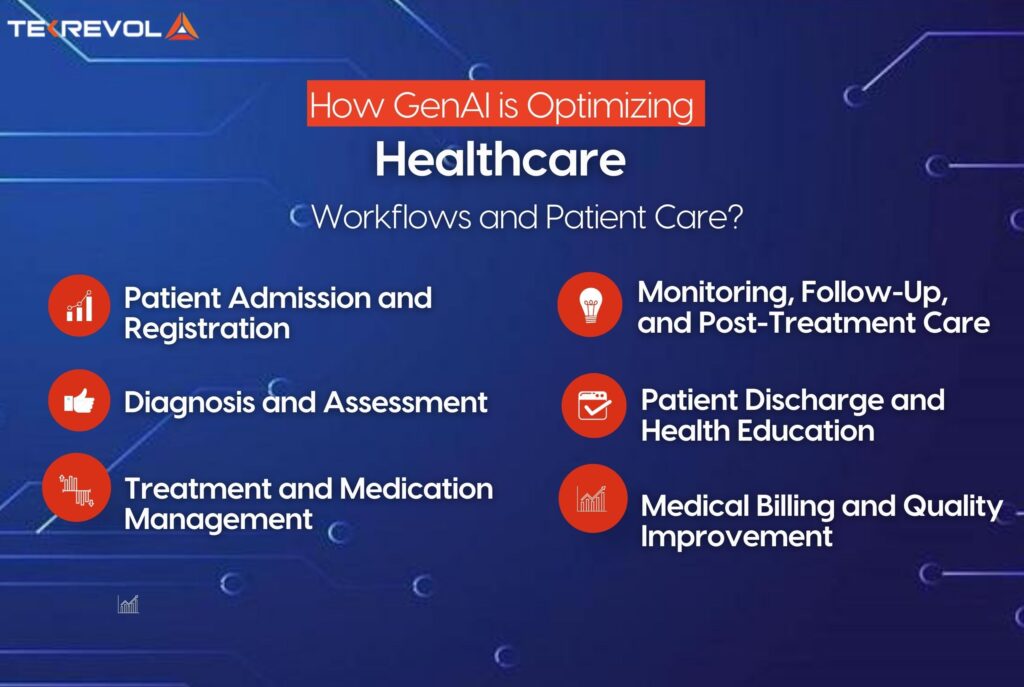
Generative AI simplifies healthcare, automating administrative work, boosting care for the patients, and refining data processes, resulting in cost-effectiveness and improvement of efficiency. Here, we will discuss how healthcare providers can optimize their work with GenAI:
-
Patient Admission and Registration
Appointment Scheduling: AI implements appointment scheduling based on the availability and preferences of both providers and patients. Appointments are scheduled automatically, notifications are sent to clients regarding subsidy benefits from cancellations, and a chatbot handles queries and pre-admission forms.
Arrival and Check-In: Before the applicant arrives, the AI checks the identity of patients from the database to avoid fraudulent cases and fill up already known significant demographic and other insurance information. Thus ensuring less error and speeding check-in.
Collecting and Assessing Patient Information: Simulated AI in extracting and adding patient data into Electronic Health Records and performing manual entry checks. It will also check the patient’s coverage regarding eligibility for treatment as well as provide information to clinicians for developing personalized initial care plans based on the patient’s history and needs.
-
Diagnosis and Assessment
Eligibility Evaluation: AI automatically checks the treatment coverage for patients by analyzing their insurance data. It also automates verification of payer requirements and guides doctors in addressing any treatment-related questions or clarifications.
Obtain Approval: It identifies cases when further information is required to authorize treatment. It helps create the requests for authorization and monitors their status, clearing the path of obstacles along the way, providing intelligence, and directing faster approvals.
Conducting an Evaluation of Health Status: AI conducts a thorough evaluation of health by creating a personal checklist regarding medical history and symptoms. It also analyzes risk factors and health stability and proposes new tests if necessary, thus supporting clinical decision-making.
Coordinated Care: AI establishes appointment coordination by following healthcare provider and patient set preferences. It helps select the best care coordinator match for each patient while also creating automated notice systems for patients and their care teams.
-
Treatment and Medication Management
Treatment Planning and Management: AI uses patient data to generate suggestions for the most suitable treatment approach. The system links specialists for consultations while building individualized healthcare plans for each patient. The system performs automated treatment delivery and tracking through built-in guidance features that suggest modifications when needed.
Patient Information Management: AI extracts and consolidates patient records from different sources, thus minimizing errors and redundancies. By analyzing allergy-related data, potential drug interactions are avoided, and prescriptions are customized accordingly. AI also automates sending alerts about prescription needs to healthcare providers.
Prescription Processing: The AI verifies prescription details and checks that they are correct. It checks for the availability of generic alternatives and suggests cheaper ones where it can. The system also automates the placing of the order for the prescription, confirms it with the patient, and informs the pharmacy about the dispensing requirements.
Medication Monitoring and Adjustment: AI monitors patient adherence to prescribed medications and assesses treatment effectiveness. It analyzes observational data for treatment response and recommends adjustments in real time. If deemed appropriate, AI notifies the healthcare provider to intervene and assist with the medication refills by updating the patient’s records.
-
Monitoring, Follow-Up, and Post-Treatment Care
Health Status Monitoring: AI continuously monitors patient vital signs, tracks the course of symptoms, and investigates lab results to provide actionable insights. It captures patient feedback to track changes in health status, providing a scientific foundation for clinical decision-making across the care duration.
Follow-up Scheduling: AI takes care of scheduling follow-up appointments and sending personalized reminders to patients and the healthcare team. It also recommends coordination with specialists as the patient’s needs change and adjusts the care schedule accordingly.
Post-treatment Evaluation: AI facilitates the clinician in evaluating treatment results by studying the patient data against expected recovery parameters. It ensures tracking of recovery progress and recommends fine-tuning of follow-up care plans for optimal recovery.
Aiding the Patient and Educating: AI provides individualized educational material relevant to the patient’s condition and treatment plan. AI implements chatbots for real-time solutions regarding patient inquiries and to aid in managing side effects. It further provides patients with timely updates on long-term care strategies and advice regarding lifestyle changes.
Progress Documentation and Reporting: AI updates follow-up results and treatment information in electronic health records (EHR) automatically. It produces comprehensive reports on treatment effectiveness and makes sure all documentation aligns with compliance requirements in the health industry. Furthermore, based on data analysis, AI specifies dimensions for continuous improvement.
-
Patient Discharge and Health Education
Discharge Preparation: To qualify for a discharge, all necessary information is verified using artificial intelligence, which also provides discharge plans that incorporate unique instructions and automate follow-up planning. AI will guide patients through the discharge plan with interactive tools, confirming their understanding and developing a mechanism to verify comprehension.
Patient Education: AI enables the patient to be educated about treatment and recovery modes, personalizes health information accordingly as per the patient’s required health advice, clarifies how to take the medicines, and informs simple lifestyle changes that affect long-term health.
Care Transition: AI coordinates between patients and outpatient services and preserves open communication between the primary care provider. It handles the transfer of records from the facility to ensure continuity of care and makes transfer easier by updating the relevant healthcare teams regarding a patient’s condition and needs.
Post-Discharge Support: The patient gets post-discharge support from AI chatbots and virtual assistants for queries and concerns. It organizes telehealth visits when necessary and follows up with automated appointment booking. AI makes it easier to track rehabilitation while resolving post-discharge difficulties.
Feedback and Improvement: AI uses automated surveys to collect patient feedback and assess satisfaction levels. It discovers the trends and areas needing improvement in the discharge procedures by doing so and provides the necessary actionable data for the healthcare organization to improve or enhance its services.
-
Medical Billing and Quality Improvement
Claim Preparation: There is an example of AI where billing codes along with service documentation are extracted, and a claim form is filled by the AI so that it is reliable according to payer requirements with cross-checking in further cases of insurance criteria.
Claim Submission: AI claims submission activity, which offers real-time status tracking of claim submissions to the payer. It identifies claim hassles promptly and communicates with the payer for clarification or resubmission.
Payment Processing: AI verifies payment receipts and deals with claims in a matter of minutes. It helps identify payment discrepancies between the two and reconciles them with ease into accurate adjustments on patient accounts as well as quick resolution of any issues.
Quality Improvement: AI is capable of collecting and analyzing performance data regarding billing and treatment processes to identify trends and discrepancies in billing. Following this, it can recommend areas for improvement and employ automated methods to drive quality improvement in health system operations and patient satisfaction.
Compliance and Audit: Internal Audits can be performed by AI to judge whether a health service organization satisfies the compliance standard. It also captures the compliance gaps and helps in the creation of detailed, real-time reports in preparation for external audits.
Steps to Integrate Generative AI into Healthcare Businesses
However, generative AI requires a structured and strategic approach for its application in healthcare organizations. Here is a guide for achieving more effective integration at all levels:
1. Definition of the Clear Use Cases
The integration of generative AI has many steps, and the first step is to define use cases in the healthcare sector that would yield meaningful outputs when combined with this technology. Some prospective use cases include:
- Medical Imaging: Improved diagnostic image analysis.
- Natural Language Processing (NLP): Automating clinical documentation and improving communication.
- Drug Discovery: generation of new compounds or prediction of therapeutic effects.
- Predictive: Outcomes do not predict whether a patient suffers from disease progression or whether he or she is on a hospital readmission course.
- Personalized Medicine: Building up a personalized treatment plan based on an individual’s genetic and medical data.
By narrowing down where AI can make the most impact, healthcare businesses can focus their resources effectively.
2. Collection and Preparation of Data
Successful AI models rely on sufficiently high-qualified and diverse representative datasets. Healthcare businesses have to do the following to prepare themselves for generative AI adoption:
- Relevant Data Curation: Collate and assemble vast data such as patient records, medical images, genetic data, and clinical notes.
- Data Validation: It should be clean, accurate, and unbiased through preprocessing steps like normalization and feature extraction to improve model quality.
- Compliance and Privacy: Regulations like HIPAA (in the U.S.) or GDPR (in Europe) protect patient privacy. Some data safety measures would include encryption and secure storage.
3. Choosing the Right AI Model
The most important consideration after the use cases are defined will be to select the generative AI model that suits best.
- Generative Adversarial Networks: Ideally, they are best used for generating realistic images or simulations, whether for medical image enhancement or synthetic patient data.
- Variational Autoencoders: A powerful model for representation learning tasks like dimensionality reduction or anomaly detection.
- Language Models (such as GPT): Perfect for the generation of text-based solutions, such as automated clinical documentation, chatbot-driven patient interaction, insights from medical literature, etc.
All things considered, the choice depends on the intended outputs, namely, the creation of novelty, the enhancement of existing data, or helping to make medical decisions better.
4. Training and Fine-tuning the Model
The chosen model will be trained using the available datasets. During this, the following actions will take place:
- Computational Resources: This is where the model training is going to consume vast resources, which might critically require high-performance computing such as GPUs or cloud-based solutions.
- Model Tuning: Tune the model’s parameters to perform effectively in the unique healthcare data environment while minimizing overloading.
5. Model Validation
Now comes the need to test an AI model’s performance on a truly independent dataset not used in training. This step validates:
- How accurate and reliable is the model? Does the model remain consistent and deliver accurate results when applied to real-world health settings?
- Safety and ethical considerations: Does the model adhere to ethical standards and dot deliver biased or harmful predictions?
Continuous validation and testing should assess compliance with clinical and regulatory standards before deployment.
6. System Integration
The AI application must integrate easily to be beneficial in healthcare.
- Compatibility with EHRs: The particular AI solution must interface with existing Electronic Health Record systems to support the smooth movement of information.
- Workflow Adaptation: The AI system must be adjusted to fit the working patterns of healthcare providers so that little disruption is caused to patient care or clinical practice.
7. Regulatory Compliance
AI solutions within healthcare must be by appropriate regulations and standards:
- Data Privacy: Respect patient privacy under healthcare regulations like HIPAA (in the U.S.) or GDPR (in Europe).
- Clinical Approval: Sometimes AI models would require necessary approval or certification by regulation, such as the FDA (Food and Drug Administration) for medical devices.
The establishment of stringent security measures is paramount to safeguard sensitive health information so that patient trust may be earned.
8. Ongoing Monitoring and Model Improvement
Once implemented, continuous monitoring assures that the AI system can continue being relevant:
- Assessment of Performance: Periodically monitor the system for performance, detecting malfunctions, errors, or loss in accuracy over time.
- Data Updating: New data should flow into the system continuously and maintain an updated model in tune with changing trends in healthcare and patient requirements.
Such model improvements, over time, will keep the model dynamic and relevant in an agile healthcare ecosystem.
9. Addressing the Ethical Issues and Maintaining Transparency
The convergence of AI into healthcare raises serious ethical questions that need real consideration:
- Mitigating Bias: The model should not propagate bias for race, gender, and socially constructive parameters such as socio-economic status that may lead to inequity in the level of care.
- Transparency: Transparency should be made available regarding the recommendations and decision paths of an AI so that clinicians and patients can examine the obtention of AI recommendations.
- Patient Care: Maintain open communication with patients about AI applications in their care while protecting their rights.
Wrapping Up
The healthcare industry is ready for transformative change from Generative AI, namely in enhancing patients’ care, reducing overhead, such as the administrative burden, and generally, operating more efficiently.
So, if you have plans of investing in a healthcare app supported with generative AI know that TekRevol can turn your vision into reality. As a leading healthcare app development company and with a dedicated team engaged, we provide innovative and efficient healthcare solutions.
Our record of accomplishment in developing great healthcare applications like Your Nurse and Kinect has successfully changed the delivery of healthcare. Partner with us to harness the full potential of generative AI to build a seamless and patient-centric experience.
- Want to create a healthcare app that uses generative AI?
- We can help you develop innovative apps that improve patient outcomes and streamline healthcare processes.

 324 Views
324 Views April 5, 2025
April 5, 2025